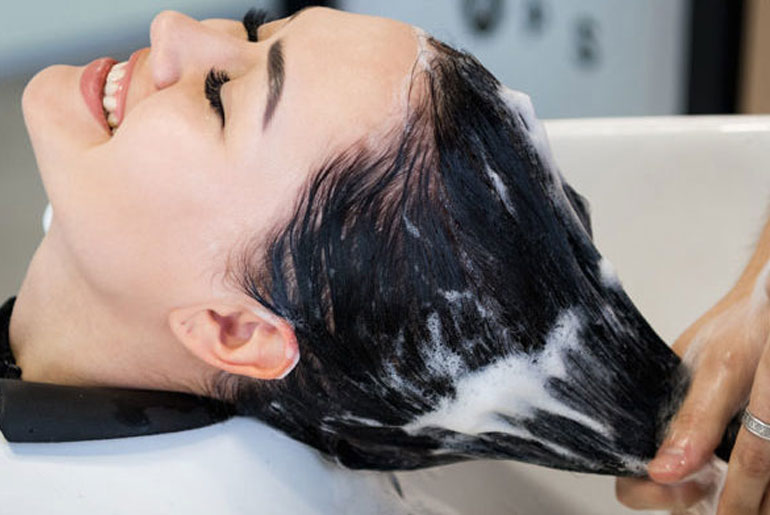The research conducted by Purdue University sheds light on the potential health risks associated with inhaling pollutants from hair care products. The study highlights the presence of cyclic volatile methyl siloxanes, particularly decamethylcyclopentasiloxane (D5 siloxane), in the air after using these products. D5 siloxane is a commonly used ingredient in hair care products due to its desirable properties.
The findings suggest that individuals can inhale a significant amount of potentially hazardous substances during a typical home hair care session, with the exposure increasing when high heat is applied, such as with curling irons and hair straighteners. The study emphasizes that these airborne chemicals can extend beyond a single room or home, contributing to outdoor emissions.
“Home ventilation is likely a major pathway of indoor-to-outdoor siloxane transport,” Jung stated.
“In urban environments, this is especially significant as you will have hundreds — even thousands — of homes ventilating out potentially harmful chemicals into the urban atmosphere all in a short span of time as people get ready for work and school in the morning. These chemicals are then collectively piped back into buildings through ventilation systems once more. So even if using products with harmful chemicals is not part of your hair care routine, you will still be impacted due to your surroundings in an urban environment.”
“The best solution is to simply not use these products,” Jung stated. “I used to use similar products myself to straighten my hair, but after we analysed the data, it became immediately clear that the best thing I could do to protect my own health was to stop using them.”
Interestingly, the research proposes the use of exhaust fans to minimize indoor exposure to these chemicals. However, it also notes that this solution has its environmental impact, raising questions about the balance between personal health and environmental considerations.
“Ventilation can be an effective way to reduce siloxane exposures during indoor hair care routines,” Jiang stated. “Our model shows that turning on the bathroom exhaust fan can reduce D5 inhalation exposures by over 90 per cent.”
It’s important to consider the implications of such studies in the broader context of public health and environmental sustainability. Individuals may want to be mindful of the products they use and their potential impact, and researchers and policymakers may need to explore ways to mitigate these risks without compromising environmental concerns.
“There’s a good reason why these chemicals are restricted from being used in wash-off hair care products in certain parts of the world,” Jung stated.
“The effects on people and the planet need to be studied further and regulatory action needs to be taken.”
Disclaimer:
The information contained in this article is for educational and informational purposes only and is not intended as a health advice. We would ask you to consult a qualified professional or medical expert to gain additional knowledge before you choose to consume any product or perform any exercise.








